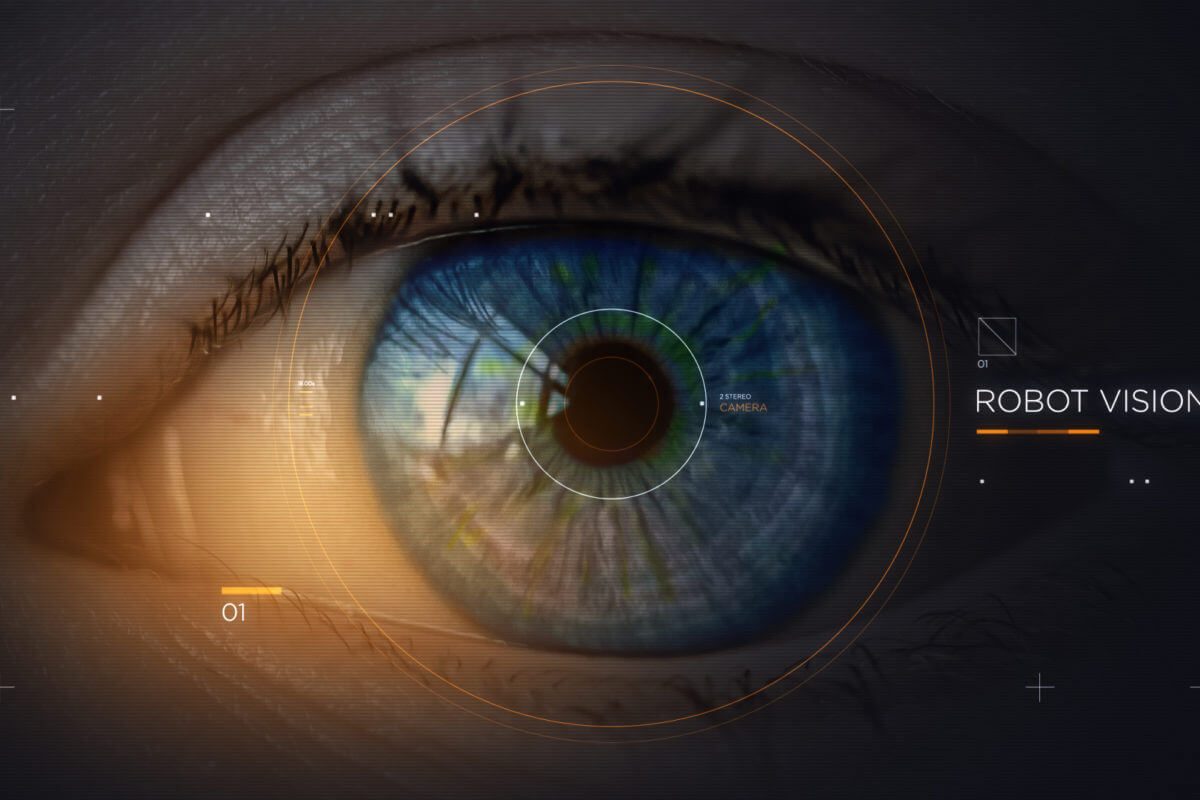- Leading with innovation
- blog
Why vision is better than LiDAR
Vision vs. LiDAR: Find out what makes Gideon robots and their visual perception an ideal solution for your logistics operations

/
